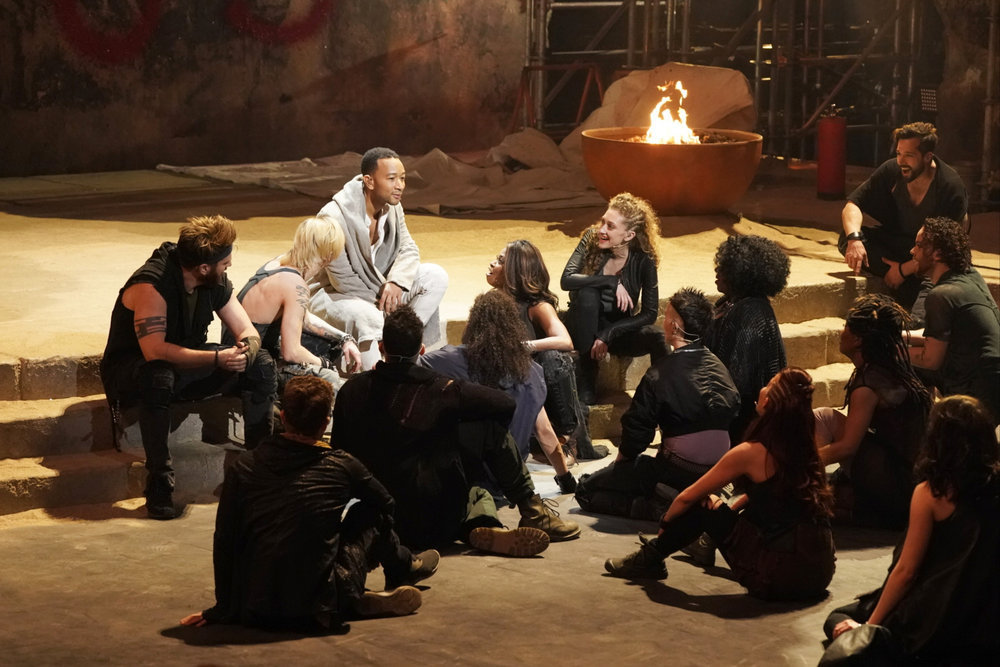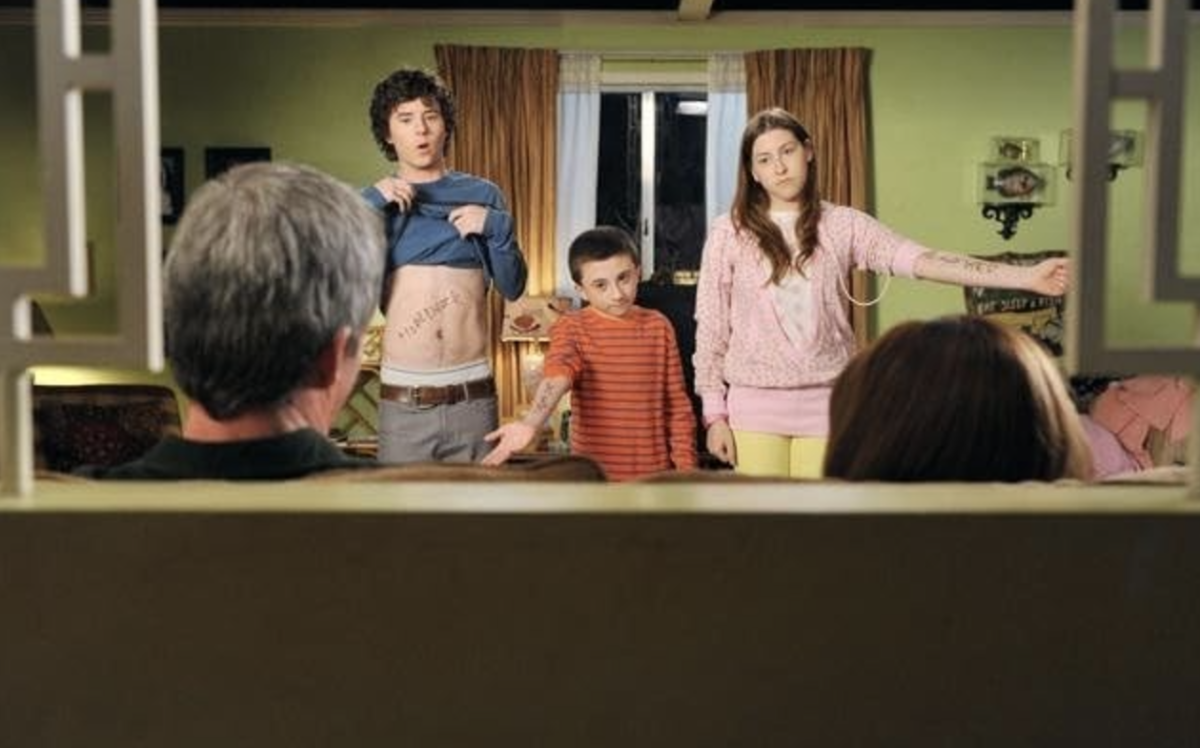Leading up to the third season finale of AMC’s “The Walking Dead, fans were promised a war.
They got one. Well, sort of.
The mid-season break left watchers with a dramatic cliffhanger that shocked fans and seemed like the perfect culmination to an exciting first eight episodes. It was a classically overdramatic ending to keep the viewers interested, but what followed, sadly, did not deliver the same effect.
Though overall the third season was successful with some captivating plot lines, reaffirmed by an average of about 10 million viewers per episode, the weak points were obvious to regular viewers.
Both halves of the season featured a strong focus on character development at the prison and at Woodbury, a surviving community of 73 people led by a continuously untrustworthy man called The Governor (David Morrissey).
Leadership struggles, trust issues and the prevalent fear of the undead create constant tension throughout every episode. Though while watching the characters overcome and occasionally fall prey to their internal troubles is interesting, the main hook to “The Walking Dead” is seeing zombies get killed in various gruesome ways as the characters’ struggle to survive in a merciless world. Not utilizing a favorite aspect of the show was not the best idea.
Fans may miss the more action-packed days from seasons past as the seasoned group, led by Rick Grimes (Andrew Lincoln), has become accustomed to the apocalyptic world they now live in and are no longer naively endangering themselves. Even Carl, notorious for making bad choices and being a brat, has wised up in the past few months.
There were still enough outbreaks and walker attacks in the beginning of the season to please the audience with high-stress situations, though as the season moved toward the finale, the focus shifted to discussion based episodes that were unsatisfying in comparison to the simmering tensions between Rick’s group and The Governor.
The scenes where characters conversed sometimes dragged on for longer than necessary, detracting from the scenes where extra time would be beneficial. Some episodes had shining moments, such as when The Governor chases Andrea through a warehouse. The scene is suspenseful and intense, showing The Governor’s sadistic impulses. Not every episode featured moments like these, and though each episode is around 42 minutes long, time was not always used to the best of the show’s ability.
The flow of the season was not as tight as it could have been. New characters would be introduced, such as the group of prisoners, then killed soon after. Story arcs would be opened then ignored, or old characters would be brought back for one episode. Transitions between episodes were choppy on occasion as well, potentially because of alternating between different directors. This made it difficult to keep track of the state of characters; it was annoying at best and extremely frustrating at the worst.
Intentionally or not, this is consistent with the unpredictable lives the characters lead. Each day may be their last, so viewers are constantly reminded that they shouldn’t get attached to any character because nothing is ever guaranteed in “The Walking Dead.”
More disappointing than the slower tempo the second half of the season took was the season finale itself. The amount of ground the entire episode tried to cover was overwhelming and ultimately ended feeling unfinished. The long-awaited encounter with The Governor and Rick’s group was explosive but short, lasting less than a commercial break. After the many episodes leading up to what was supposed to pack a huge cliffhanger, the finale failed to deliver. The war that audiences were waiting for never really came.
What worked well were the comparisons between the prison group and those in Woodbury. In the 13th episode where Rick speaks with The Governor, waiting outside are two men from each group. Daryl and Hershel are with Rick; Martinez and Milton came with The Governor. Hershel and Milton — both the scientific members of their respective groups form a bond — as do Daryl and Martinez while showing off their zombie killing skills. Drawing these comparisons was important to the audience’s perception of who the enemy really is. Zombies cannot work together like humans can — a fact that The Governor routinely disregarded as he killed strangers and his own people without a second thought.
The mental health of both Rick and The Governor, was excellently crafted. It was a clever parallel between the two leaders coping with their losses in hugely different ways. After the traumatic experiences of Rick losing his wife, and the Governor losing his daughter for the second time, both men were quick to rash decisions. Rick was so devastated that he imagined phone calls and kept seeing his dead wife.
While the men were going through this, other members had to step up. Glenn and Daryl both had stints as temporary leaders and Andrea kept up morale in Woodbury. The debilitating state of mind of many characters is never overdone or understated. It bubbles at the surface as a threat as dangerous as walkers or human enemies.
While the third season contained winning points and no outstanding flaws, the confusing change of pace halfway through the season and the incompleteness of the finale leaves many hoping that the fourth season will make up for the last eight episodes.
Araz Havan can be reached at [email protected].



















